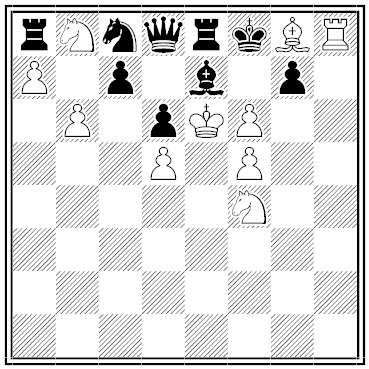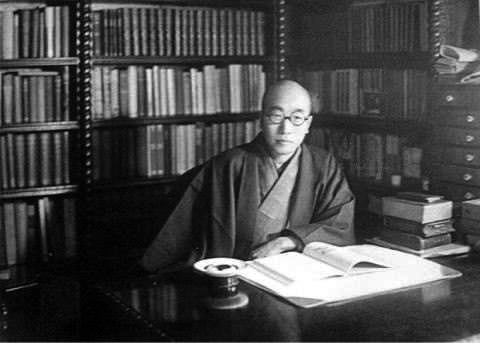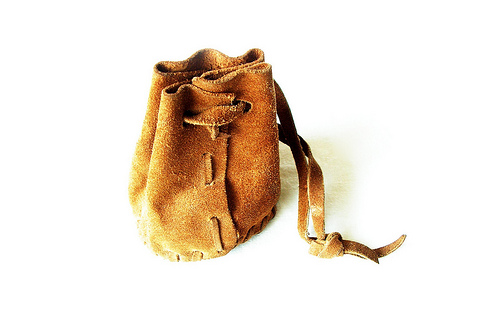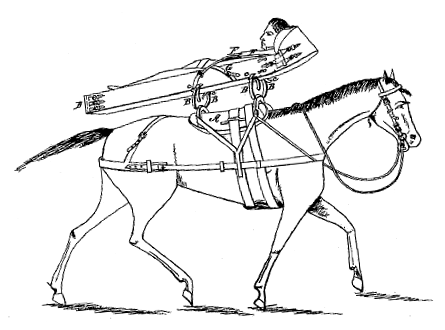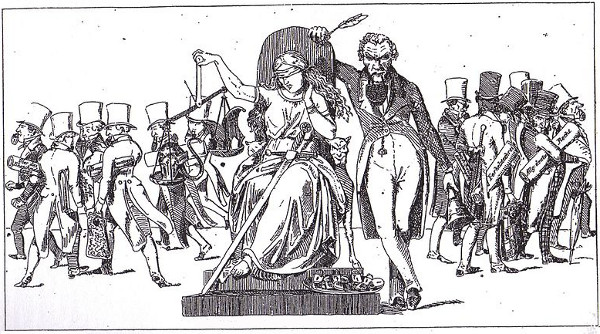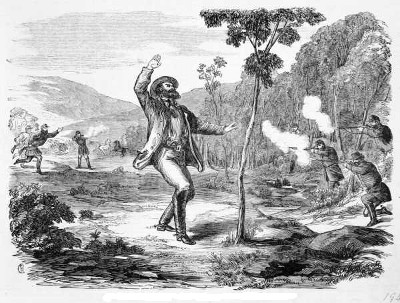In 1990 François Caradec invented “poems for dogs.” A pet’s name is hidden phonetically in each verse; like a dog whistle, it goes unnoticed by the master but makes the dog sit up. Here’s a sample written for Elizabeth Barrett Browning’s cocker spaniel Flush:
My mistress never slights me
When taking outdoor tea.
She brings sweet cake
For her sweet sake,
Rough, luscious bones for me.
Flush was already a bit of a literary celebrity — Barrett Browning composed two poems about him, and Virginia Woolf made him the hero of a whole novel, Flush: A Biography, in 1933. In 1843, after Flush was briefly held for ransom, his mistress wrote, “Oh, and if you had seen him, when he came home & threw himself into my arms … in that dumb inarticulate ecstasy which is so affecting.”

